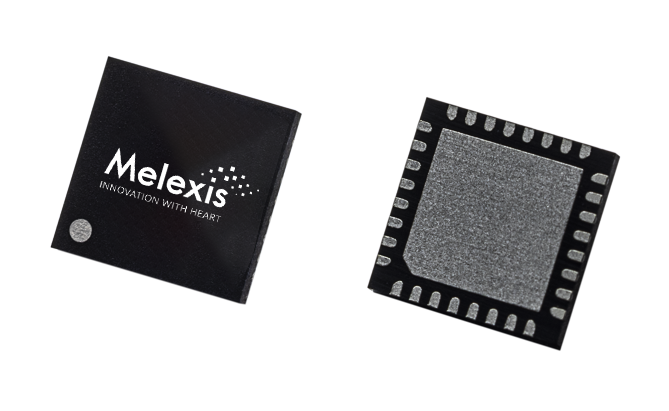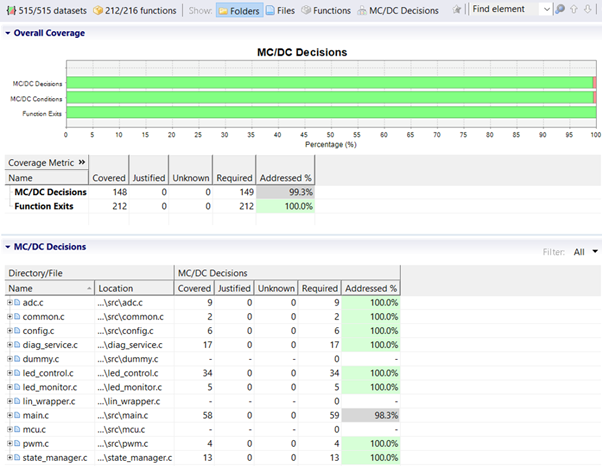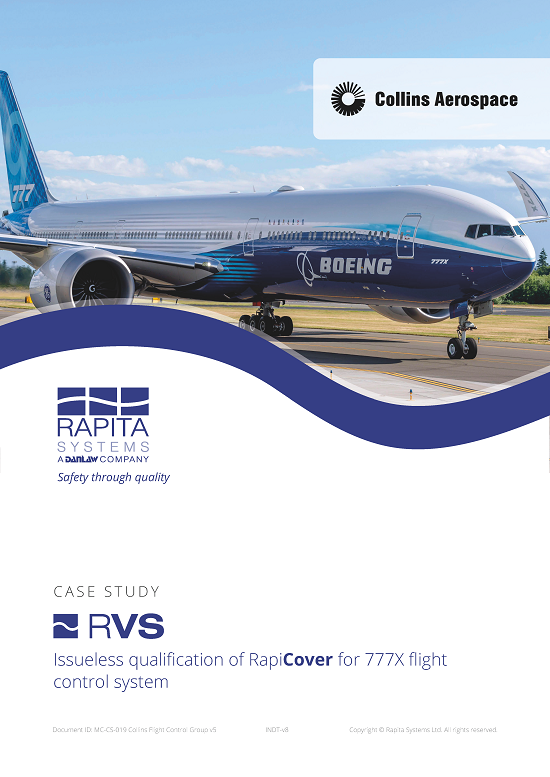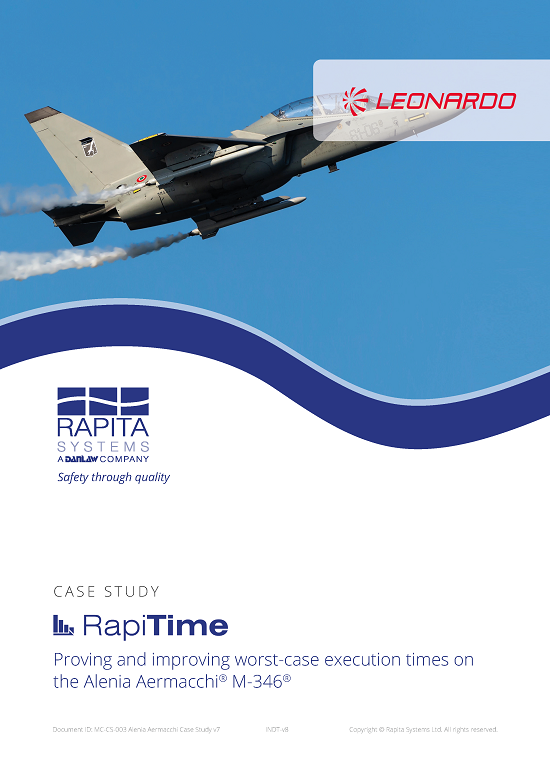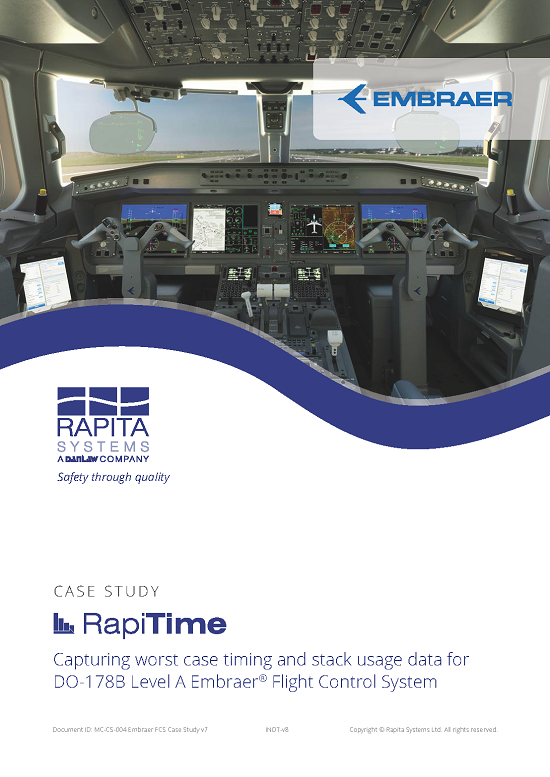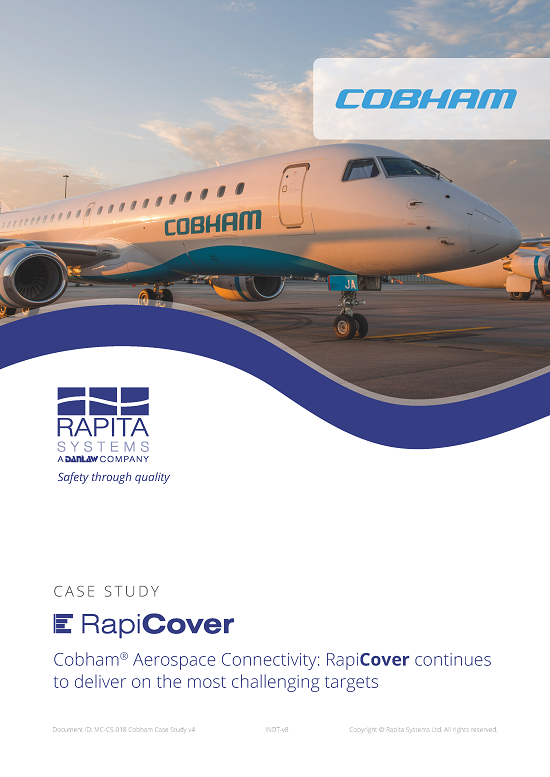Summary
The challenge
- Unit testing and code coverage analysis for electric car charging status indicator software
- Software needed to comply with end customer’s Software Risk Assessment requirements
The solution
- Deployment of RapiTest and RapiCover for continuous testing and reporting in the customer’s in-house continuous integration
framework
The benefits
- Rapita’s customer Danlaw delivered their software on time and on budget, faster than previous projects using competitor tools
The challenge
The solution
The benefits
Danlaw’s use of RVS for software verification helped them develop and verify their code efficiently, with the following benefits:
- The use of RVS tools helped Danlaw pass their customer’s Software Risk Assessment, and deliver their software on time and on budget.
- Flexible integration of the RVS tools enabled continuous testing and reporting through Danlaw’s in-house continuous integration framework. This helped Danlaw increase the reliability of the code rapidly; areas that would benefit from improvement were quickly highlighted by test and coverage results alongside development.
- Danlaw found that using RVS reduced their testing time compared to using competitor tools.
- Results from RVS could be trusted – RVS tools have been qualified for use in DO-178C and ISO 26262 projects, and the instrumentation applied by RVS is qualified.
“RVS tools helped us develop and verify software for our customers on time and on budget. The flexibility of the integration meant we could hook RVS up with our continuous integration framework, so we could run tests and collect coverage results throughout our development and minimize later rework.
Using RVS helped us improve our software and meet our customer’s Software Risk Assessment requirements faster than other software we’ve used on previous projects.”
Kiran Kumar
Technical Manager, Automotive Electronics Software
Danlaw India

 Rapita System Announces New Distribution Partnership with COONTEC
Rapita System Announces New Distribution Partnership with COONTEC
 Rapita partners with Asterios Technologies to deliver solutions in multicore certification
Rapita partners with Asterios Technologies to deliver solutions in multicore certification
 SAIF Autonomy to use RVS to verify their groundbreaking AI platform
SAIF Autonomy to use RVS to verify their groundbreaking AI platform
 What does AMACC Rev B mean for multicore certification?
What does AMACC Rev B mean for multicore certification?
 How emulation can reduce avionics verification costs: Sim68020
How emulation can reduce avionics verification costs: Sim68020
 Multicore timing analysis: to instrument or not to instrument
Multicore timing analysis: to instrument or not to instrument
 How to certify multicore processors - what is everyone asking?
How to certify multicore processors - what is everyone asking?
 Certifying Unmanned Aircraft Systems
Certifying Unmanned Aircraft Systems
 DO-278A Guidance: Introduction to RTCA DO-278 approval
DO-278A Guidance: Introduction to RTCA DO-278 approval
 ISO 26262
ISO 26262
 Data Coupling & Control Coupling
Data Coupling & Control Coupling
 DASC 2025
DASC 2025
 DO-178C Multicore In-person Training (Fort Worth, TX)
DO-178C Multicore In-person Training (Fort Worth, TX)
 DO-178C Multicore In-person Training (Toulouse)
DO-178C Multicore In-person Training (Toulouse)
 HISC 2025
HISC 2025












